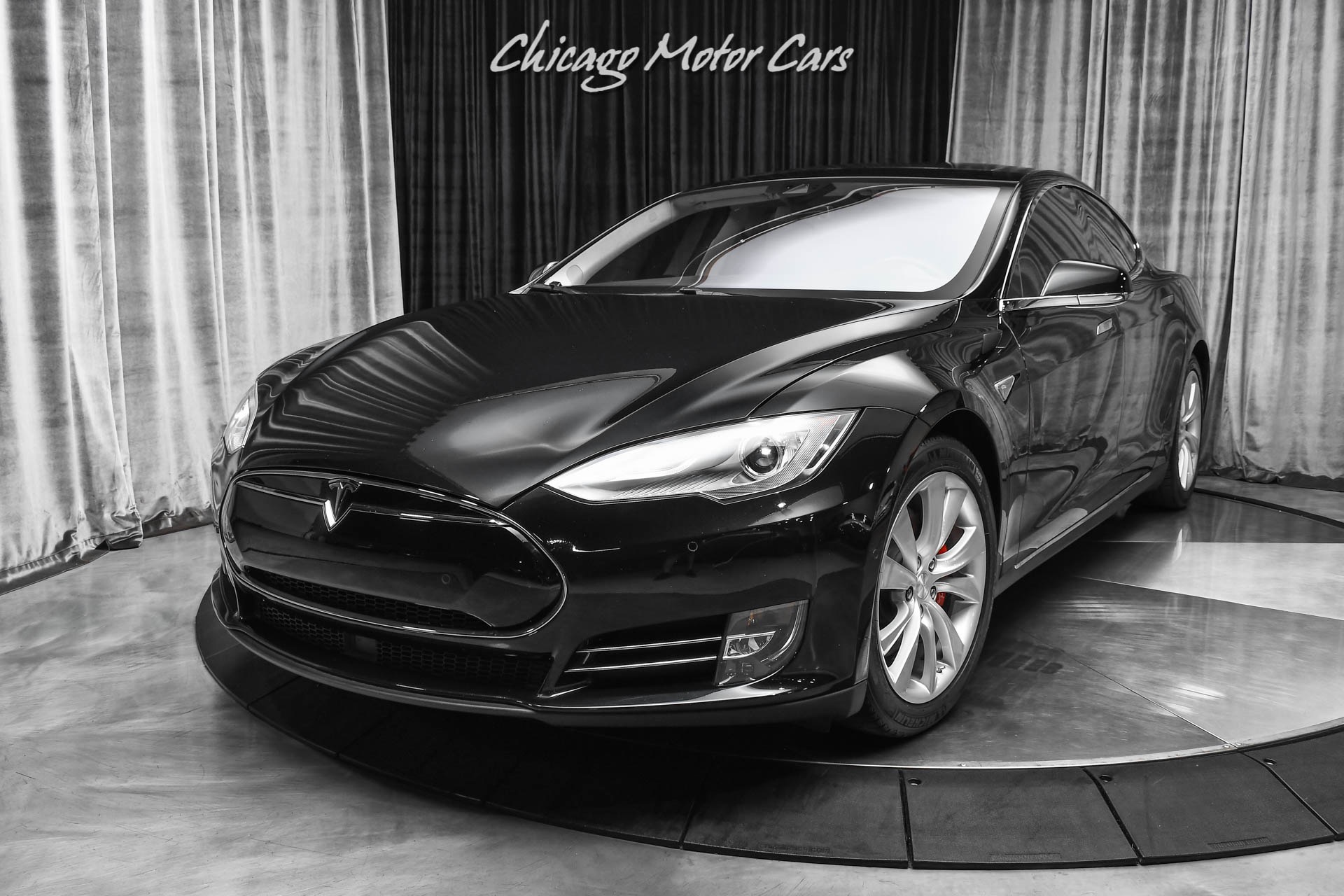


Porsche Taycan vs Tesla Model S: rivals comparison Enhanced AutopilotĮnhanced Autopilot adds the ability to change lanes automatically, using the car’s sensors to note where surrounding cars are and the speeds they’re travelling at. The car can keep in its lane on the motorway, adapt its speed to match the vehicle in front and avoid causing a collision, but no more than that. Tesla’s basic Autopilot system consists of adaptive cruise control, emergency braking, blind-spot monitoring and lane-keeping assistance. It aims to help the UK take advantage of the emerging market of self-driving vehicles. The government has set out its vision for the future of self-driving cars, and recently announced it was investing £100 million into them – £34 million of which will go towards research into the safety surrounding the technology. The car brand has been involved in plenty of controversy in the past – in October 2021 some of its beta updates had to be pulled when cars were detecting non-existent vehicles up ahead, which could prove potentially dangerous. The technology is not yet capable of dealing with every scenario or road layout you may encounter. Tesla’s name for the technology is potentially misleading – ‘Full Self-Driving Capability’ is only a driver assistance aid, and the driver must be alert and ready to take control of the car at all times. Tesla Autopilot is a feature included as standard in the UK, but the American electric car maker also offers ‘Enhanced Autopilot’ and ‘Full Self-Driving Capability’ which brings more advanced features and access to experimental software updates for an added cost. Partially self-driving cars have existed for a while, with Tesla having led the way for many years. The most recent developments mean that autonomous public transport or delivery vehicles could soon be a reality – self-driving cars that may not require anyone on board to have a driver’s licence could be on our roads sooner than expected.

The UK government has boosted support for self-driving cars in recent years, with plans to potentially allow fully autonomous vehicles on roads by 2025.


 0 kommentar(er)
0 kommentar(er)
